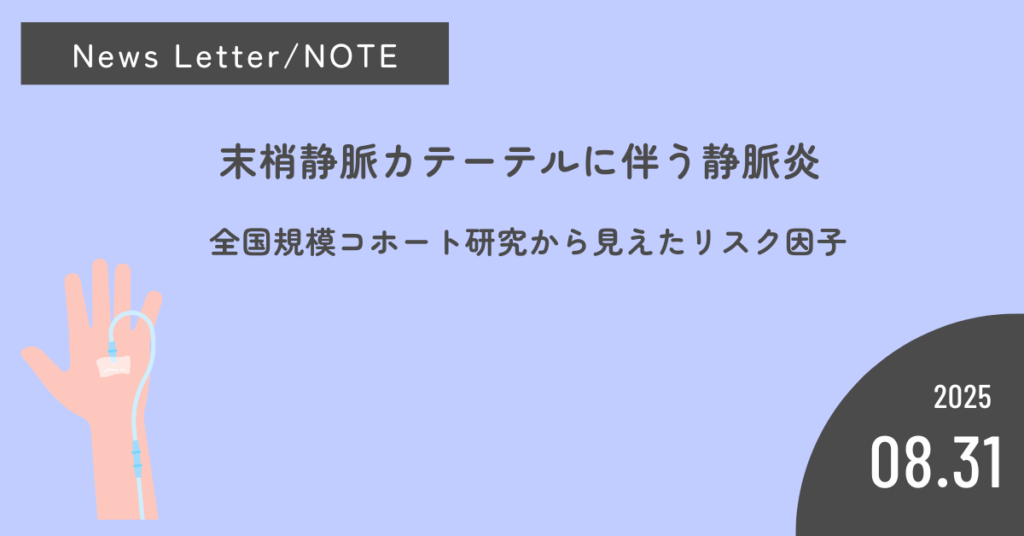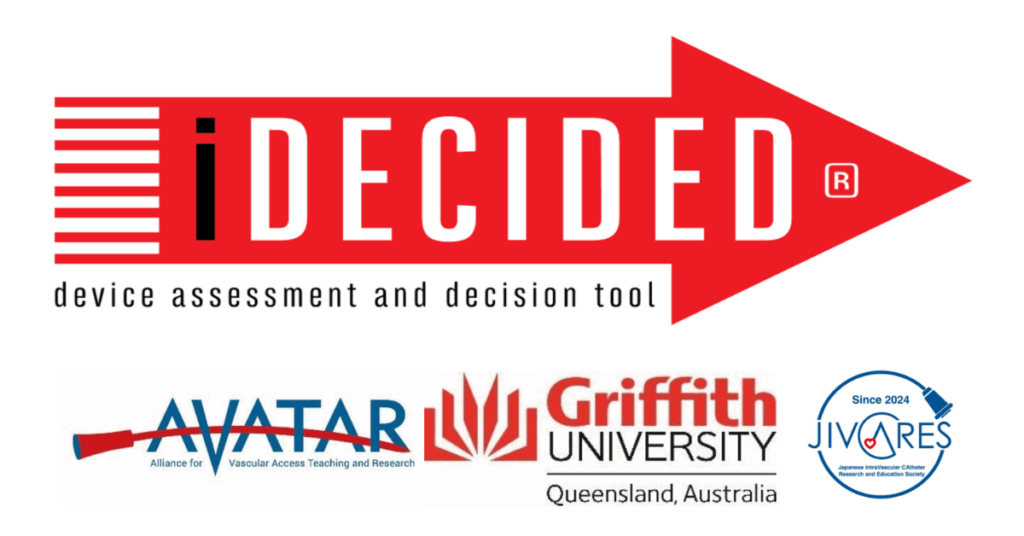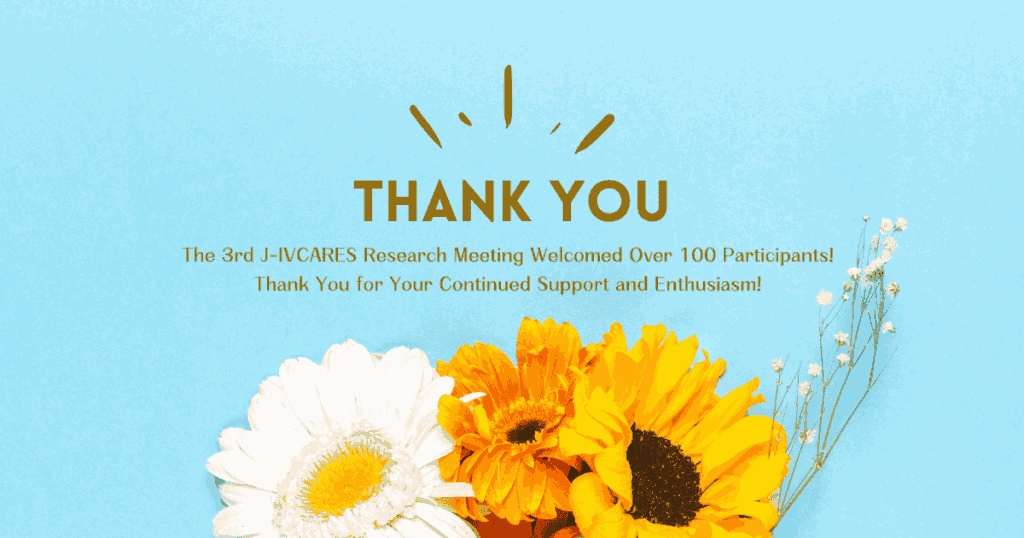Uncategorized- category -
-

Phlebitis Associated with Peripheral Venous Catheters - Risk Factors Seen in a Nationwide Cohort Study
How do you manage peripheral intravenous catheters (PIVCs) in your daily practice? How often are they changed? Which site is safe? What to do if the patient has a lot of medications? These questions are inevitable in daily clinical practice. The paper presented in this issue of Spe... -

Notice of Release of Japanese Translation of I-DECIDED
I-DECIDED is a device evaluation and decision-making tool developed by the AVATAR (Alliance for Vascular Access Teaching and Research) Group and others based at Griffith University in Australia. It allows nurses and other members of the health care team to evaluate PICC (Peripheral... -

Planned Activities at the 40th Annual Meeting of the Japanese Society of Environmental Infectious Diseases
The 40th Annual Meeting of the Japanese Society of Environmental Infectious Diseases will be held at Pacifico Yokohama from July 10 (Thu.) to 12 (Sat.), 2012. Five presentations related to VADs (Vascular Access Devices) by J-IVCARES board members are scheduled at this meeting. In addition, during the meeting, the NORTH 3rd floor non-operating... -

Efficacy of using echo during peripheral venous catheter insertion in children: a systematic review
Peripheral intravenous catheter (PIVC) insertion in children is considered technically difficult due to anatomical and psychological factors such as small vessel diameter, high subcutaneous fat content, and uncooperative attitude of the affected child. Although the effectiveness of echo-guided puncture has been established in the adult setting, the effectiveness in pediatric patients has not been adequately... -

Efficacy of antimicrobial lock therapy: a retrospective study (Turkey)
When an infection is suspected in a CV, port, or dialysis catheter, the first choice is to remove the catheter, but when that is not possible, antibiotics are used to treat the catheter lock. How effective is this treatment? -

Greetings from the end of the 3rd Research Meeting
We would like to express our sincere appreciation for your continued understanding and support of the activities of our research group. Thank you very much for the more than 100 people who attended our third Research Meeting. With your cooperation, we were able to have a very meaningful meeting and successfully conclude... -

Retrospective cross-sectional study of the impact of PICC insertion on infection, thrombosis, and death in patients with carcinoma in situ (China)
PICC in cancer patients is used for various purposes such as perioperative central venous drainage, nutritional therapy, chemotherapy, etc. Recently, PICC has become more preferred than CVC. We present an article that summarizes the complications associated with PICC insertion in cancer patients and how they may be a factor in mortality.... -

Peripheral venous catheters and clinical features of phlebitis development (Turkey)
When we administer infusion therapy, the first step is to insert an indwelling peripheral intravenous needle, which is probably the most common insertion in all settings. In the infusion therapy that 70-90% of hospitalized patients receive, 50% of patients with an indwelling peripheral intravenous needle (PIVC) have complications such as extravascular leakage, obstruction, infection, phlebitis... -

Antibiotic lock therapy for the treatment of peripherally inserted central venous catheter-associated bloodstream infections in patients with hematologic malignancies: a single-center, retrospective study (China)
PICC catheters are essential devices for patients with hematologic malignancies, but bloodstream infection is a serious complication. Today, we present an article that examines the effectiveness of antibiotic lock therapy in both catheter preservation and infection treatment. If you would like to read the rest of this article, please mail li...
1









